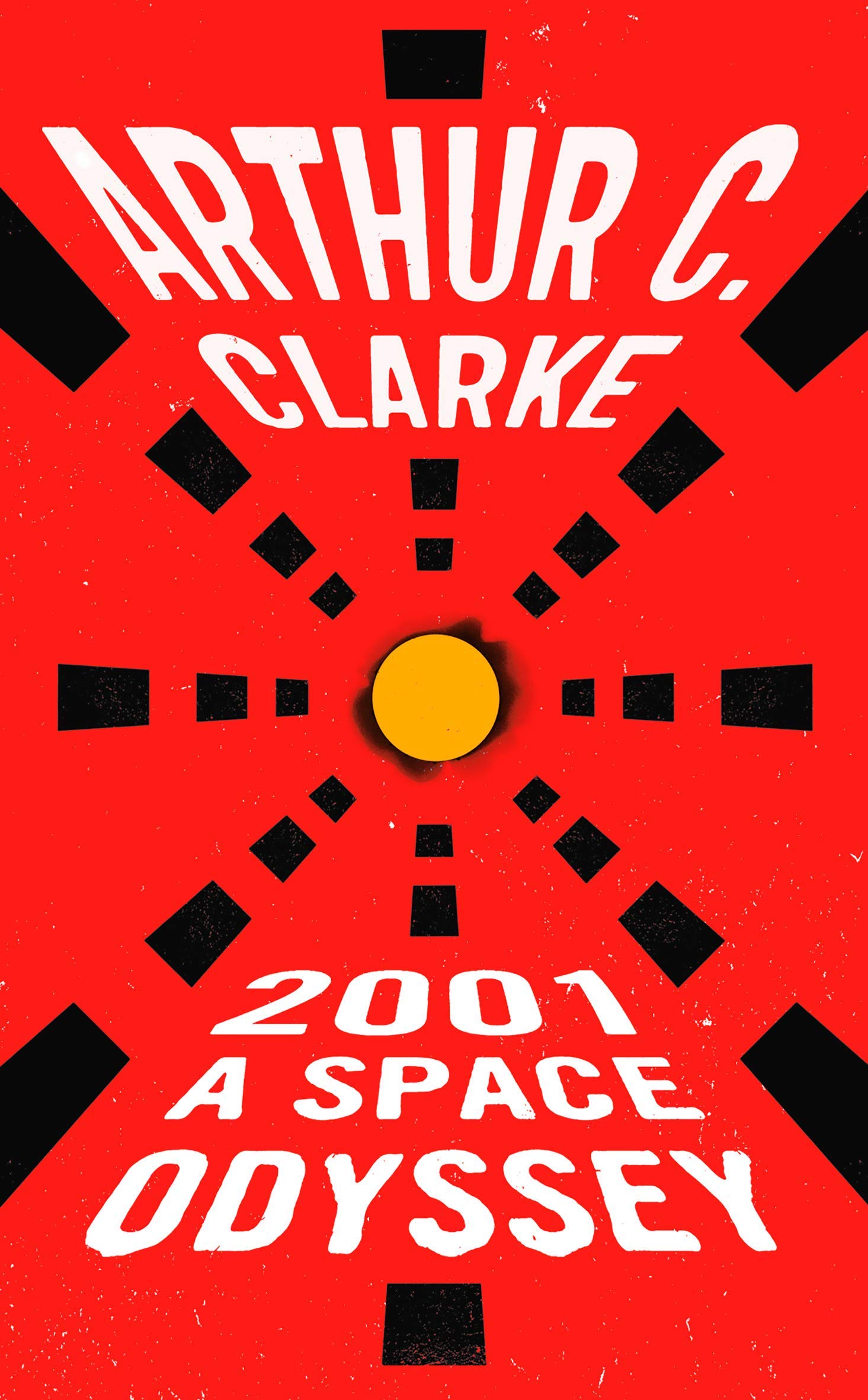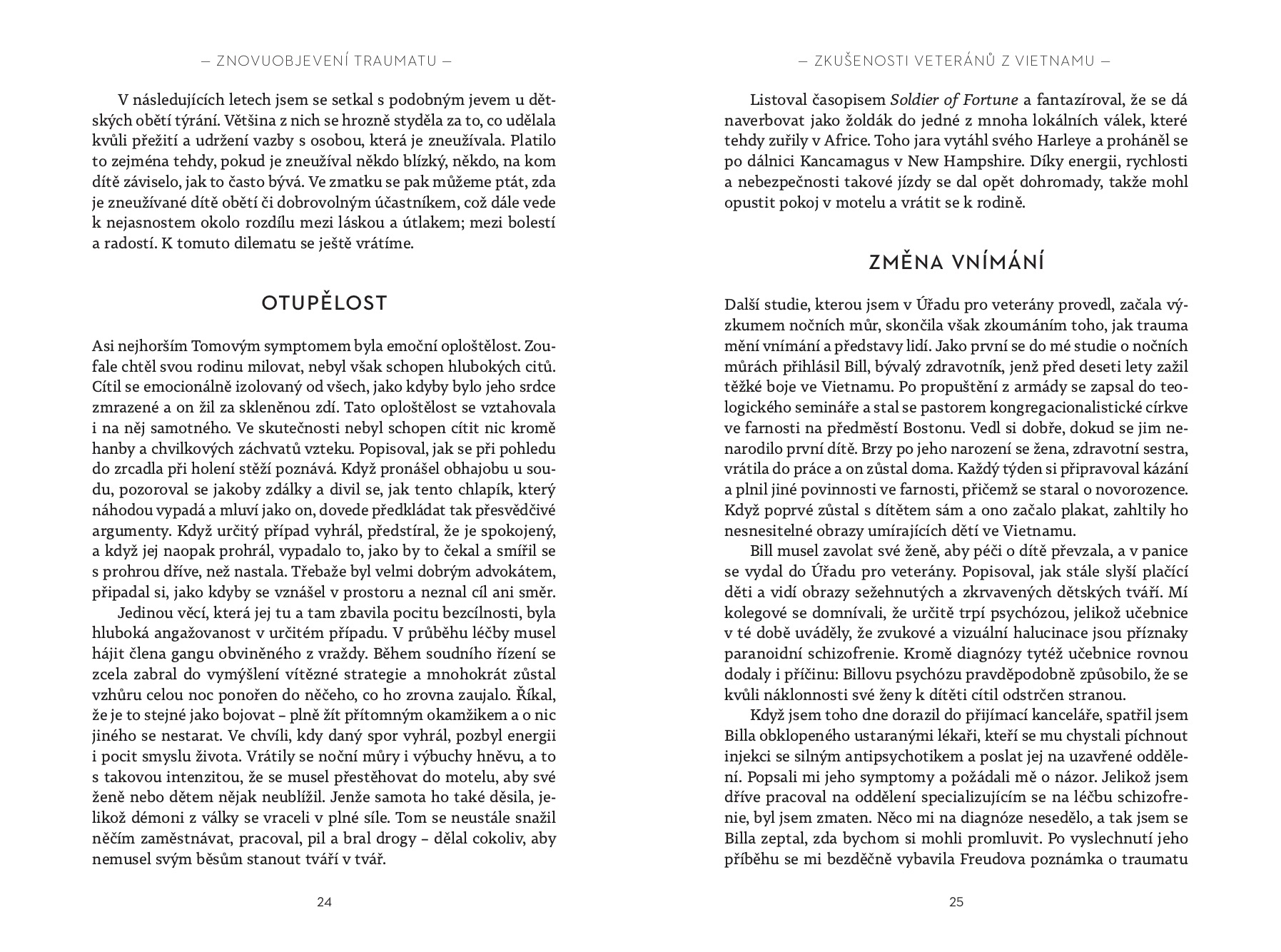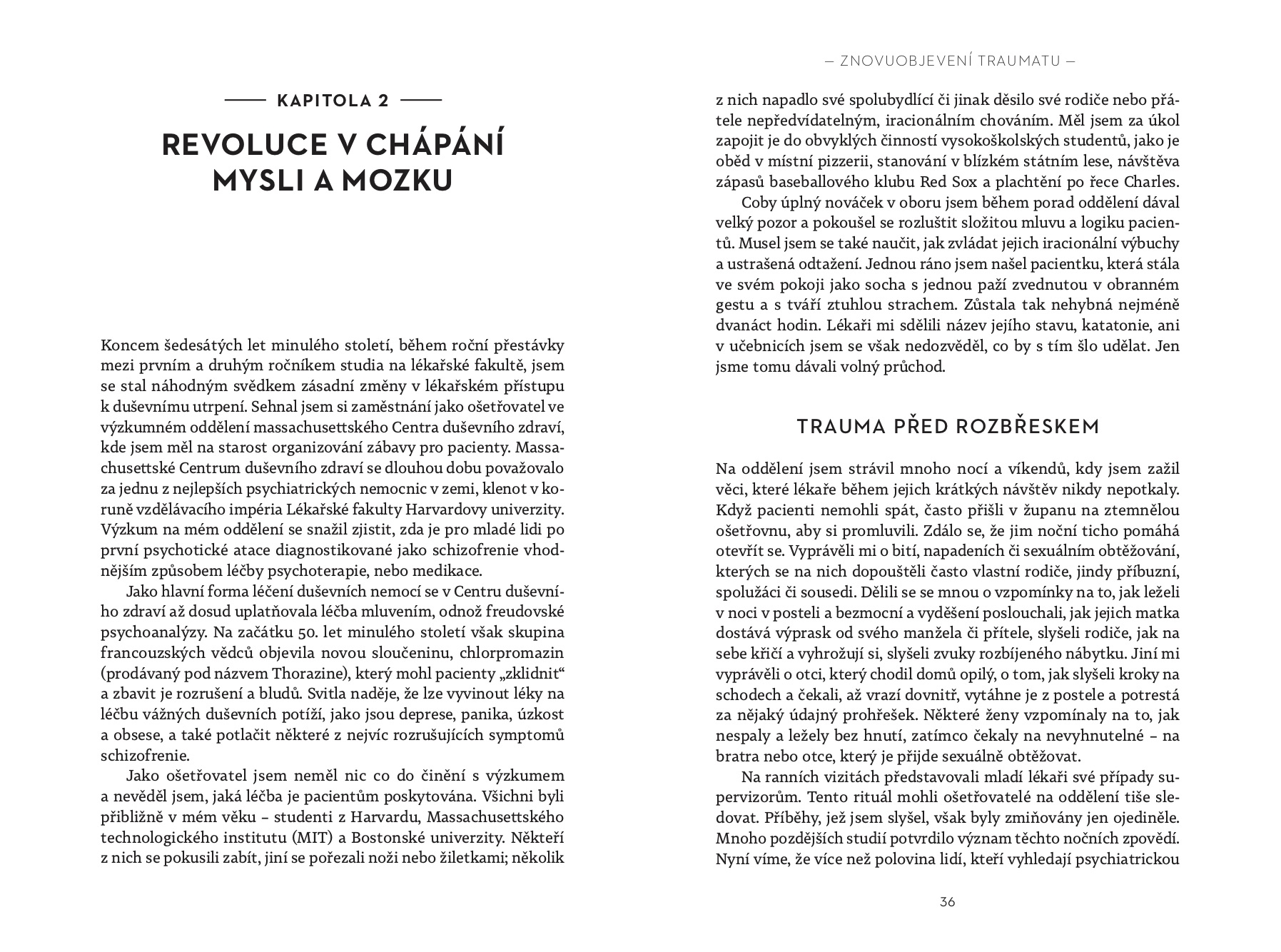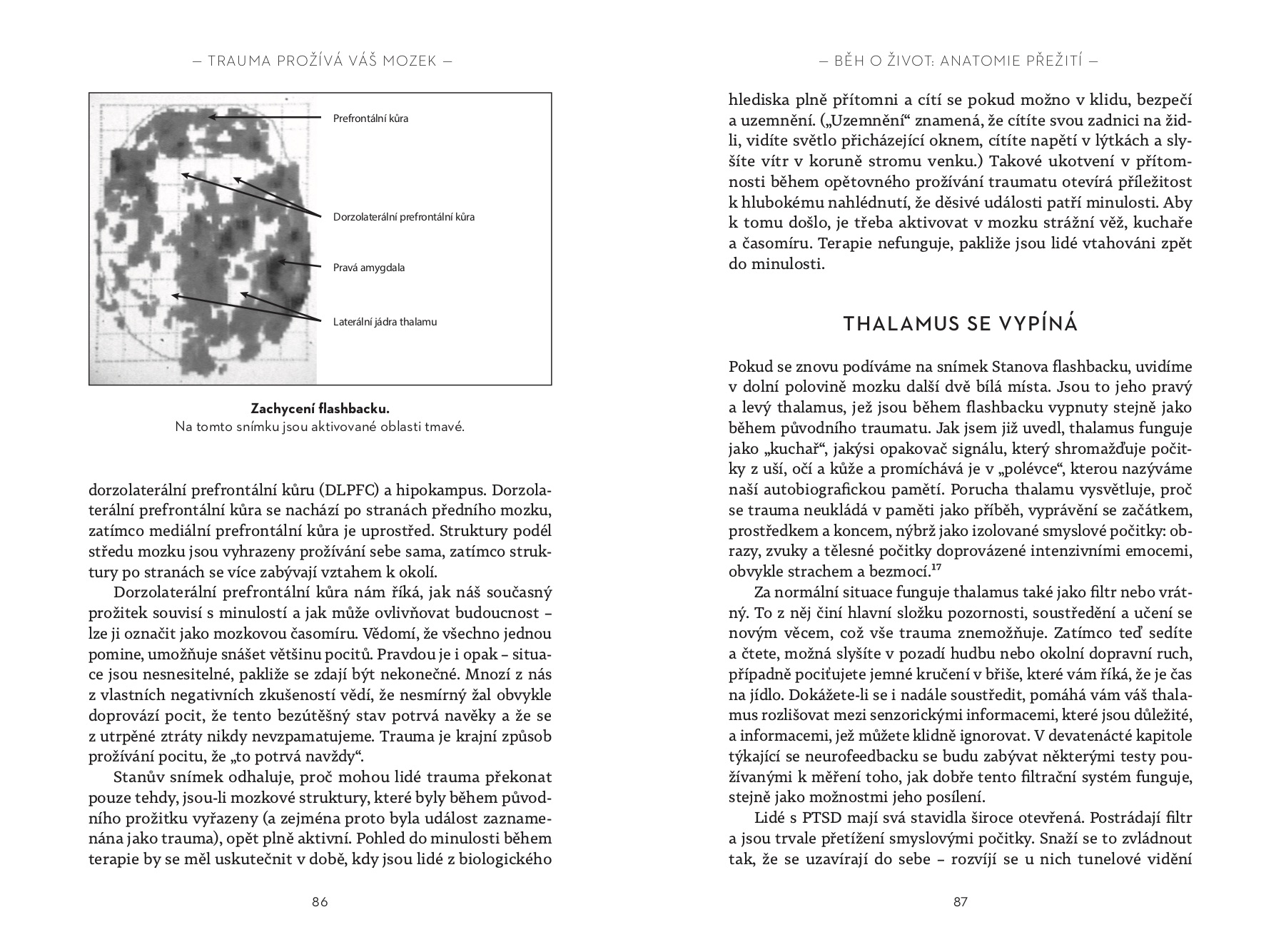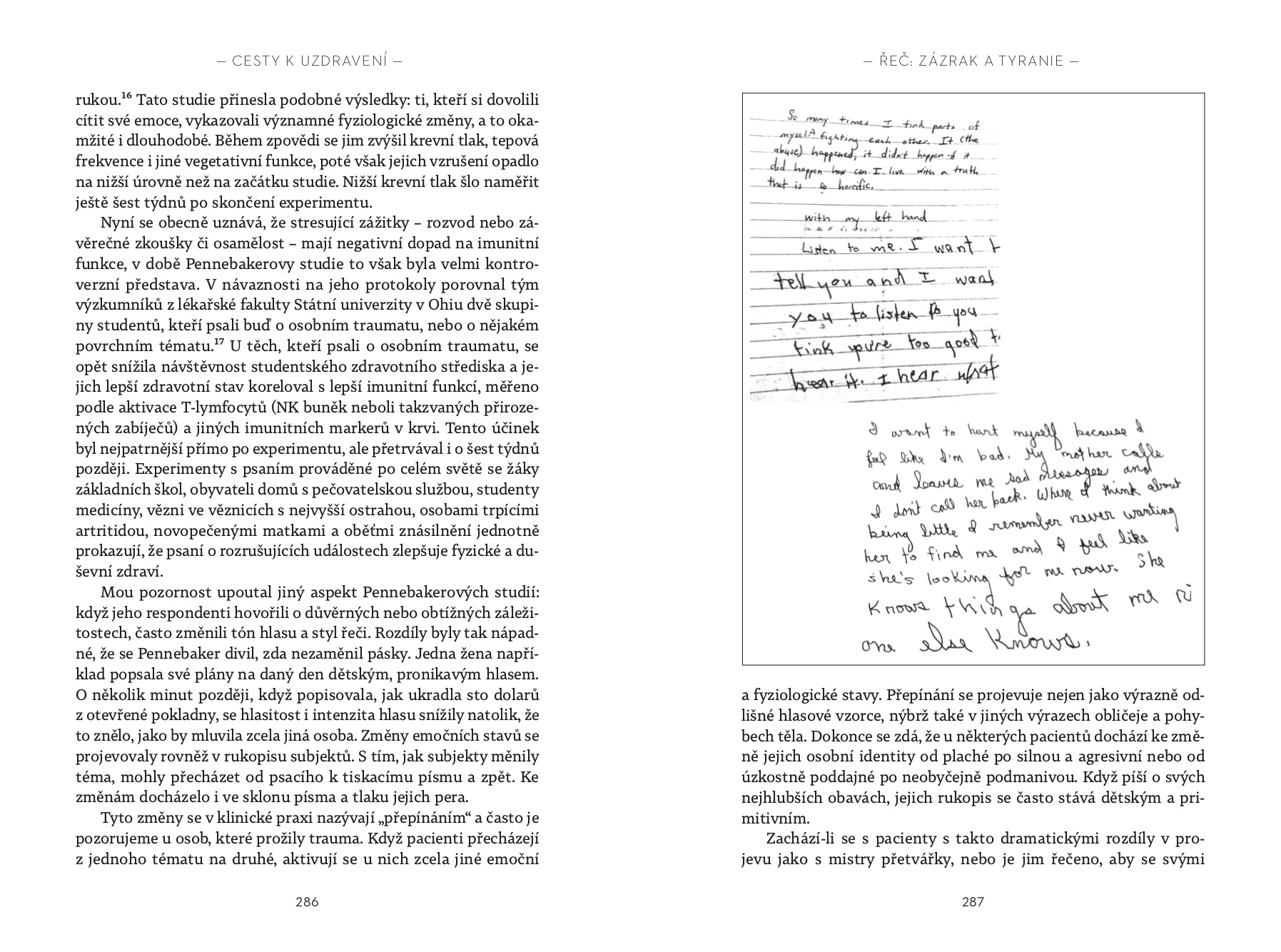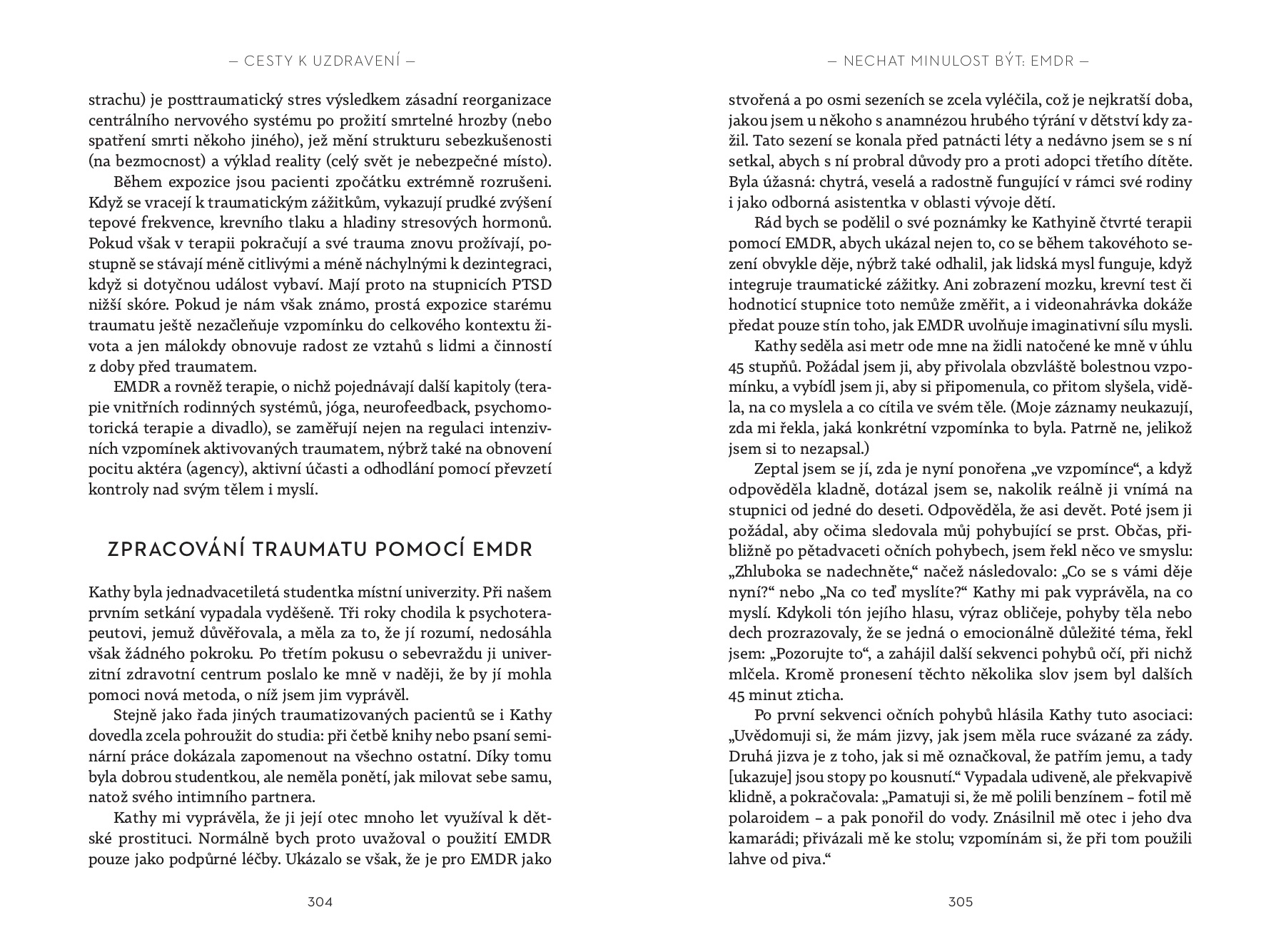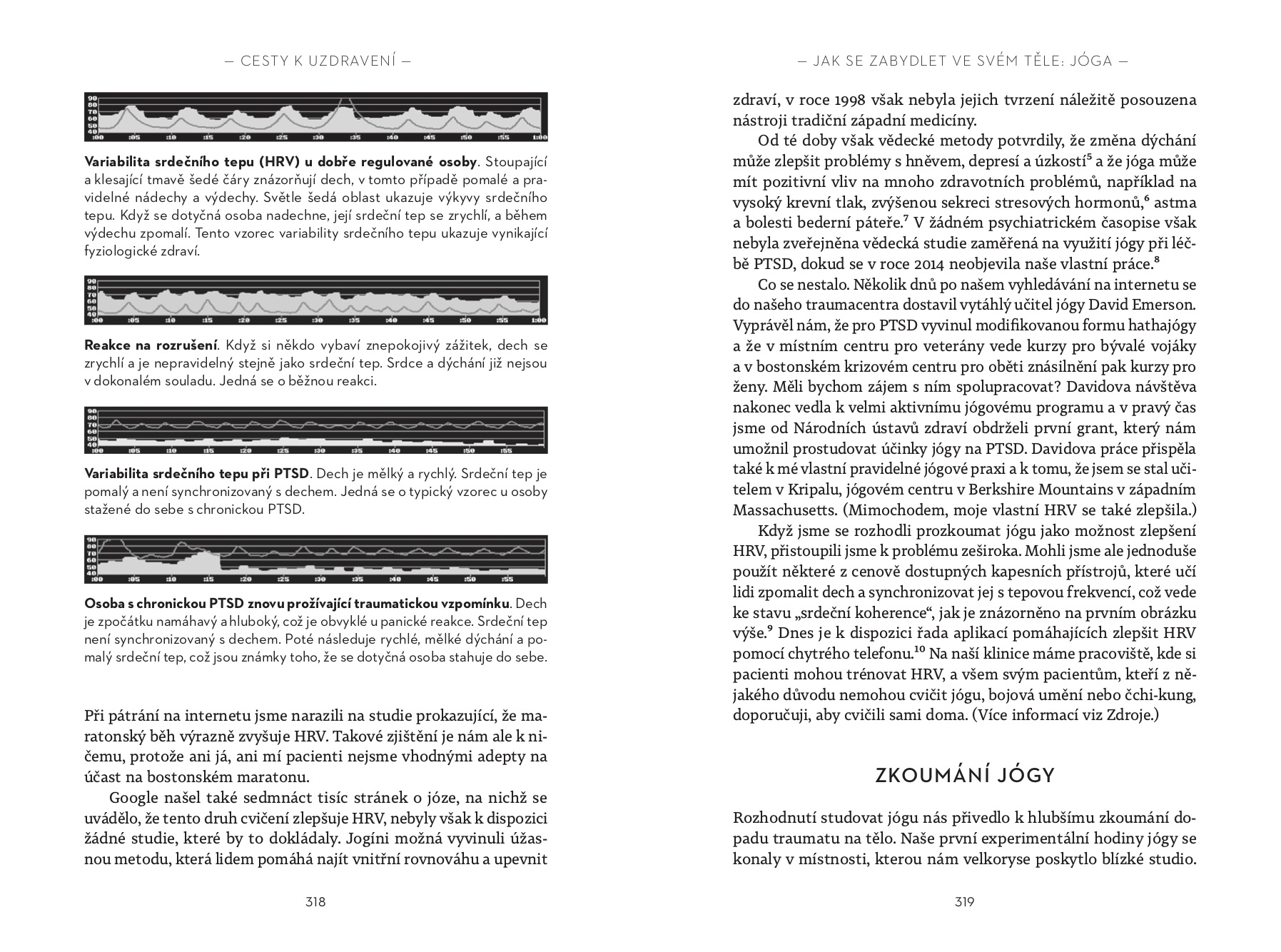
¨
Space odyssey
science fiction novel by
British writer
Athur C. Clarke
#1 Bestseller podle New York Times
A mysterious alien civilization uses a tool with the appearance of a large
crystalline monolith to investigate worlds across the galaxy and, if
possible, to encourage the development of intelligent life. The book
shows one such monolith appearing in prehistoric Africa, 3 million years
ago (in the movie, 4 mya), where it inspires a starving group of
hominids to develop tools. The hominids use their tools to kill animals
and eat meat, ending their starvation. They then use the tools to kill a
leopard preying on them; the next day, the main ape character, Moon-
Watcher, uses a club to kill the leader of a rival tribe.

O KNIZE

A mission, Discovery One, is sent to Saturn. En route, Dr. David Bowman
and Dr. Frank Poole are the only conscious humans aboard; their three
colleagues are in suspended animation, to be awakened near Saturn.
The HAL 9000, an artificially intelligent computer, addressed as "Hal",
maintains the ship. While Poole is receiving a birthday message from
his family on Earth, Hal tells Bowman that the AE-35 communication
unit of the ship is going to malfunction. Poole takes one of the extra-
vehicular pods and swaps the AE-35 unit; but when Bowman conducts
tests on the removed AE-35 unit, he determines that there was never
anything wrong with it. Poole and Bowman become suspicious at Hal's
refusal to admit that his diagnosis was mistaken; Hal then claims that
the replacement AE-35 unit will fail. In communicating with Earth, Poole
and Bowman are directed to disconnect Hal for analysis. These
instructions are interrupted as the signal is broken, and Hal informs
them that the AE-35 unit has malfunctioned.
As Poole is removing the unit he is killed when his pod accelerates into
him, crushing him. Bowman, uncertain of Hal's role therein, decides to
wake the other three astronauts, and therefore quarrels with
Hal, with Hal refusing to obey his orders. Bowman threatens to disconnect him if
his orders are not obeyed, and Hal relents. As Bowman begins to
awaken his colleagues, he hears Hal open both airlocks into space,
releasing the ship's internal atmosphere. From a sealed emergency
shelter, Bowman gains a spacesuit and re-enters the ship, where he
shuts down Hal's consciousness, leaving intact only his autonomic
functions, and manually re-establishes contact with Earth. He then
learns that his mission is to explore Iapetus,[2] in the hope of
contacting the society that buried the monolith on the Moon. Bowman
learns that Hal had begun to feel guilty at keeping the purpose of the
mission from him and Poole, against his stated mission of gathering
information and reporting it fully; and when threatened with
disconnection, he panicked and defended himself out of a belief that
his very existence was at stake, having no concept of sleep.
Bowman spends months on the ship alone, slowly approaching Iapetus.
During his approach, he gradually notices a small black spot on the
surface of Iapetus, and later finds it identical in shape to TMA-1, only
much larger. The scientists on Earth name this monolith "TMA-2", which
Bowman identifies as a double misnomer because it is not in the Tycho
crater and gives off no magnetic anomaly. When Bowman approaches
the monolith, it opens and pulls in Bowman's pod. Before he vanishes,
Mission Control hears him proclaim: "The thing's hollow – it goes on
forever – and – oh my God! – it's full of stars!"



TÉMATA:
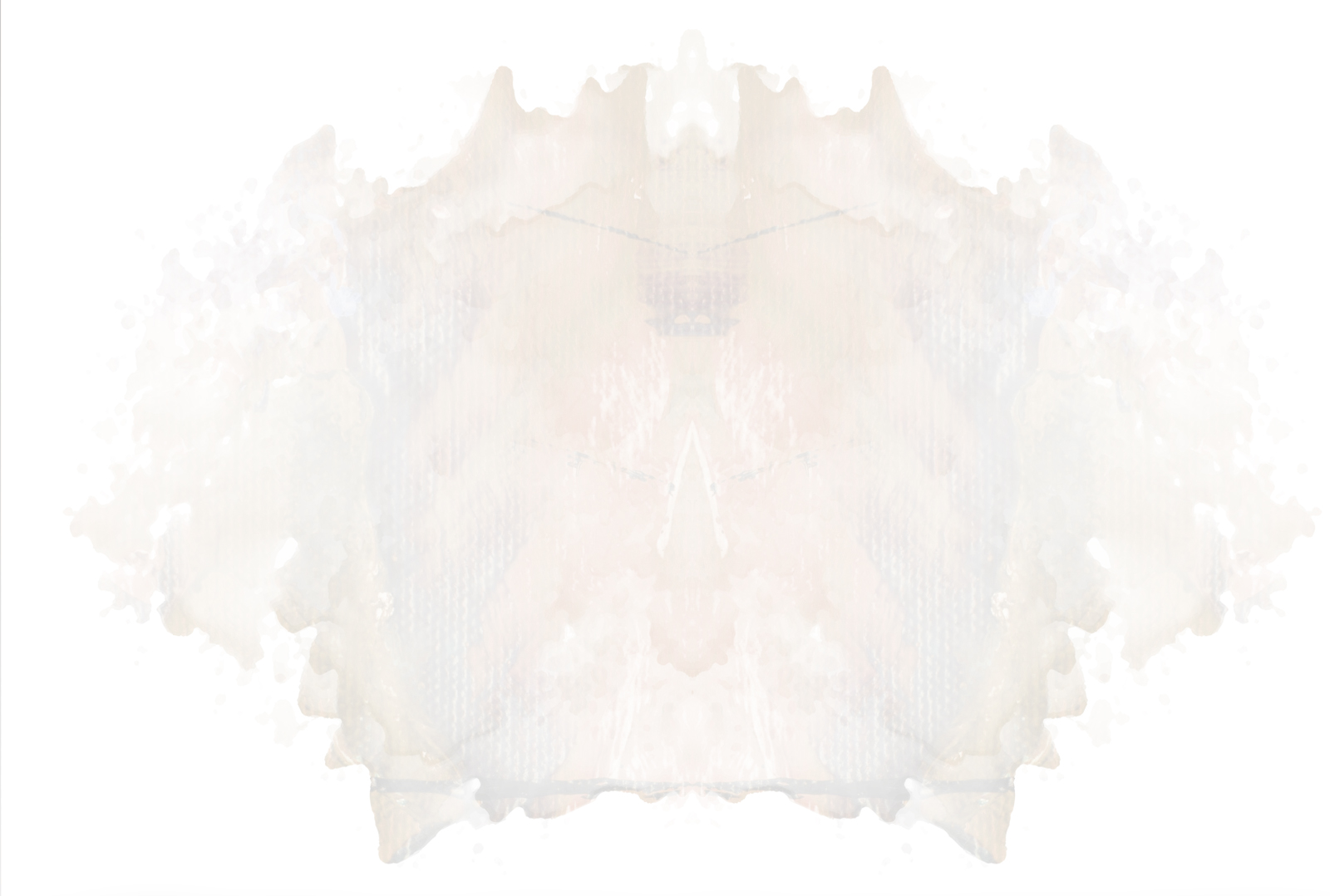
2001: A Space Odyssey explores technological advancement: its
promise and its danger.
The book explores the perils related to the atomic age.
The story follows the growth of human civilization from primitive
hominids. Distinctively, Space Odyssey
is concerned about not only the
evolution that has led to the development of humanity, but also the
evolution that humanity might undergo in the future.
Space Odyssey offers one such vision, offering a glimpse at what space
exploration might one day become. Lengthy journeys, such as manned
flights to Saturn, and advanced technologies, such as suspended
animation, are described in the novel.
The book raises questions about consciousness, sentience, and human
interactions with machines. Hal's helpful disposition contrasts with his
malevolent behaviour.
The novel is deliberately written so as to give the reader an almost
kinesthetic familiarity with the experience of space travel and
the technologies encountered. Large sections of the novel are devoted to
detailed descriptions of these.

PROLISTUJTE SI:


PARAMETRY:

| Název původní knihy |
Space Odyssey |
| vydavatel |
Hutchinson |
| Edice |
Science fiction |
| Počet stránek |
224 |
| Vazba |
Pevná s přebalem |
| Barevnost |
Černobílá |
| ISBN |
0-453-00269-2 |
| Formát |
152 x 226 mm |

O AUTOROVI:

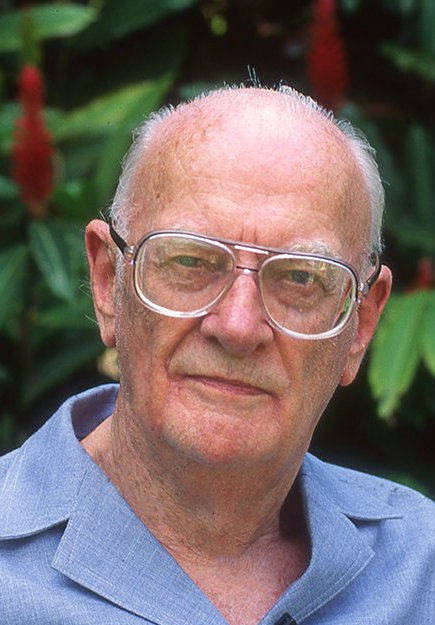
Sir Arthur Charles Clarke (*1917)
Clarke was born in Minehead,
Somerset, England, and grew up in
nearby Bishops Lydeard. As a boy,
he lived on a farm, where he enjoyed stargazing, fossil collecting,
and reading American science-
fiction pulp magazines. He received
his secondary education at Huish
school in Taunton. Some of his early influences included dinosaur
cigarette cards, which led to an
enthusiasm for fossils starting about
1925.
 ¨
¨
 ¨
¨
